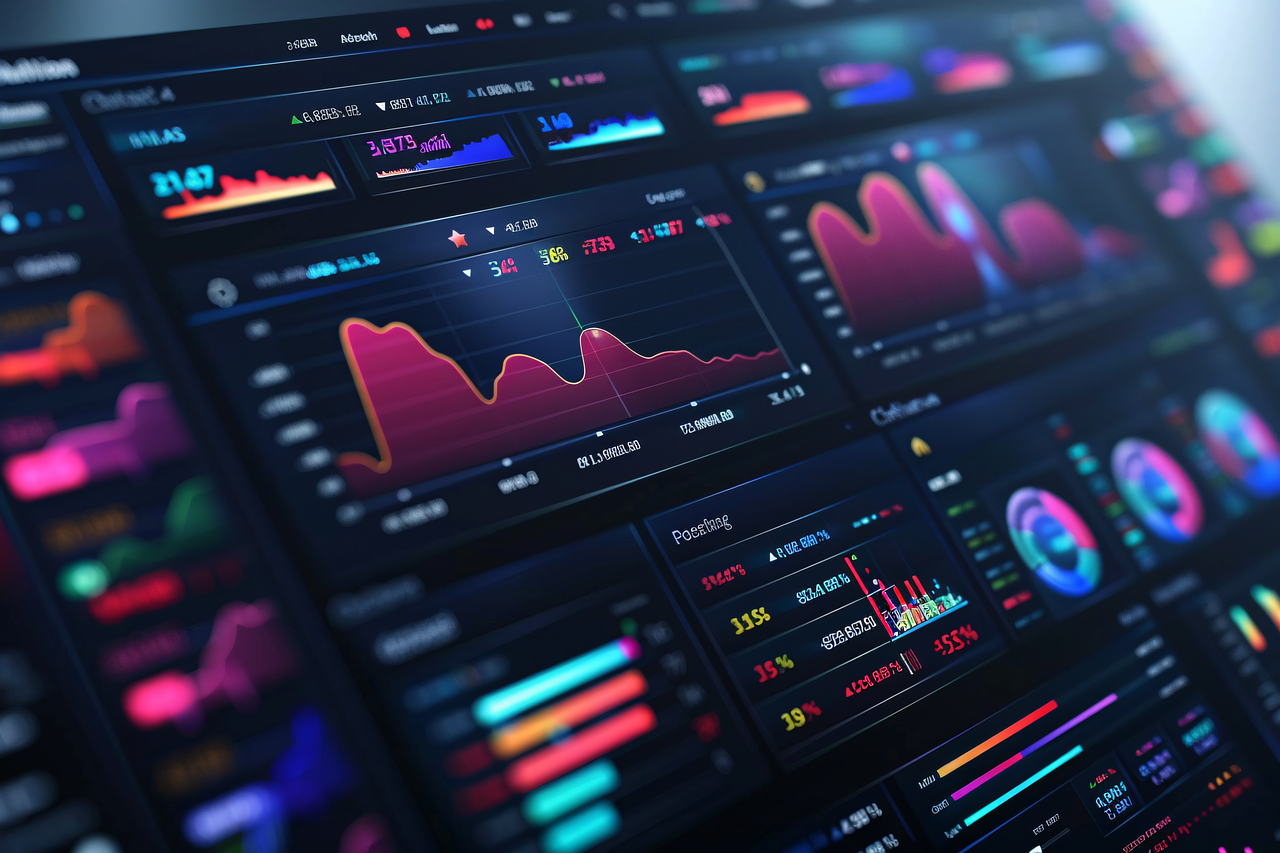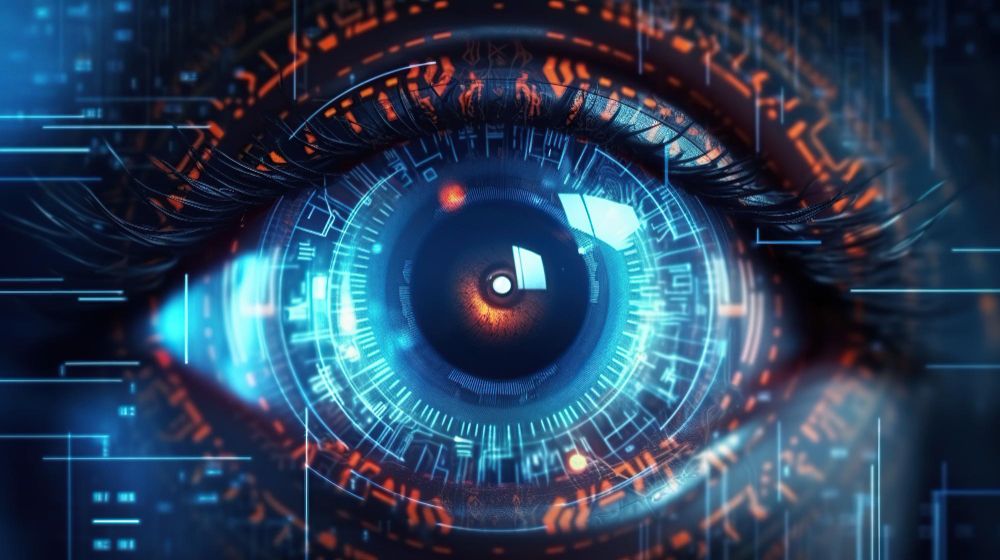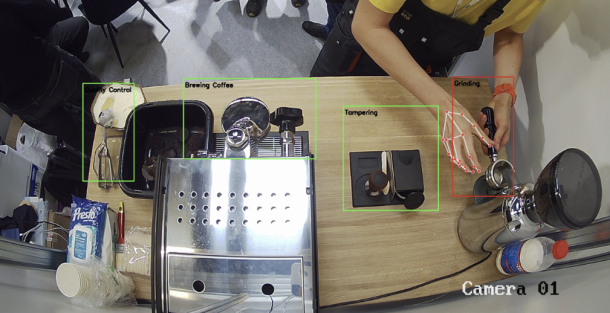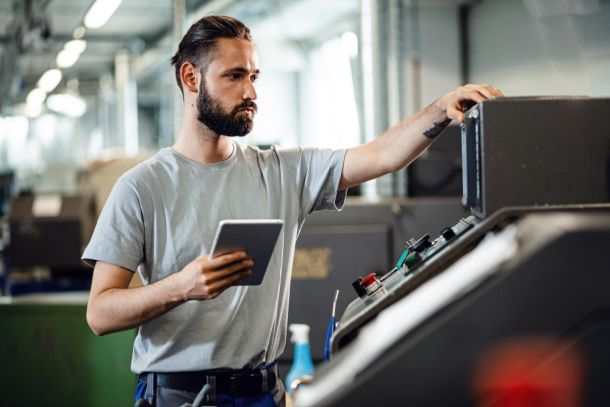Trusting Safety: How Modern Technologies and AI Revolutionize Workplace Safety and Quality in Manufacturing
Modern manufacturing thrives on a razor-sharp focus: precision and efficiency. It's no surprise then, that technology has become more than just an advantage, it's an absolute necessity. But even with all the strides in digital transformation, a lingering question hangs in the air: can we truly trust artificial intelligence (AI) and other modern marvels to keep workers safe and products flawless? The answer, based on real-world results, is a resounding yes.
The Technological Renaissance in Manufacturing
Over the past decade, the manufacturing sector has undergone a significant transformation. According to the World Economic Forum, the Fourth Industrial Revolution (Industry 4.0) has introduced a wave of innovations such as the Internet of Things (IoT), advanced robotics, and AI. These technologies have fundamentally altered production processes, from assembly lines to quality control, promising unprecedented levels of efficiency and safety.

A report by Deloitte highlights that smart manufacturing technologies can increase productivity by up to 20%, reduce defects by 30%, and lower downtime by 50%. These statistics alone present a compelling case for the adoption of modern technologies. But what about safety?
AI in Safety: Addressing the Skeptics
Skeptics argue that relying on AI for safety is akin to putting faith in an untested overseer. Yet, this perspective overlooks the rigorous testing and development AI undergoes before implementation. AI systems designed for safety in manufacturing are equipped with machine learning algorithms that can predict and prevent accidents by analyzing vast amounts of data far more efficiently than a human could.
For instance, consider predictive maintenance. AI can analyze data from sensors embedded in machinery to predict when a component is likely to fail. According to a study by McKinsey, predictive maintenance can reduce maintenance costs by 20% and unplanned outages by 50%. This proactive approach not only saves money but also significantly reduces the risk of accidents caused by equipment failure.
Real-World Applications and Success Stories
Several leading manufacturing companies have already embraced AI-driven safety solutions with remarkable success. General Motors (GM), for example, uses AI to monitor and analyze data from its production lines in real-time. This system can detect anomalies that might indicate a potential safety hazard, allowing GM to address issues before they lead to accidents.
Another compelling example is Siemens, which employs AI to enhance safety protocols in its factories. Siemens uses machine learning algorithms to evaluate safety reports and incident data, identifying patterns and suggesting preventive measures. This approach has led to a noticeable decline in workplace incidents, showcasing the effectiveness of AI in fostering a safer working environment.
The Role of IoT and Advanced Robotics
While AI takes center stage in discussions about technology-driven safety, it's important not to overlook the contributions of IoT and advanced robotics. IoT devices, such as smart sensors and wearables, play a crucial role in monitoring environmental conditions and workers' health. These devices can detect hazardous conditions like gas leaks or excessive temperatures and alert workers in real-time, preventing accidents before they occur.
Robots, too, have revolutionized manufacturing safety. Collaborative robots, or cobots, are designed to work alongside humans, taking on dangerous tasks and minimizing the risk of injury. According to the International Federation of Robotics, the deployment of industrial robots has increased by 85% over the past five years, significantly enhancing workplace safety.
Overcoming Challenges and Ensuring Reliability
Despite the clear benefits, integrating AI and other technologies into manufacturing safety protocols is not without challenges. Ensuring the reliability and accuracy of AI systems is paramount. Manufacturers must invest in robust training data and continuous monitoring to ensure AI systems remain effective.
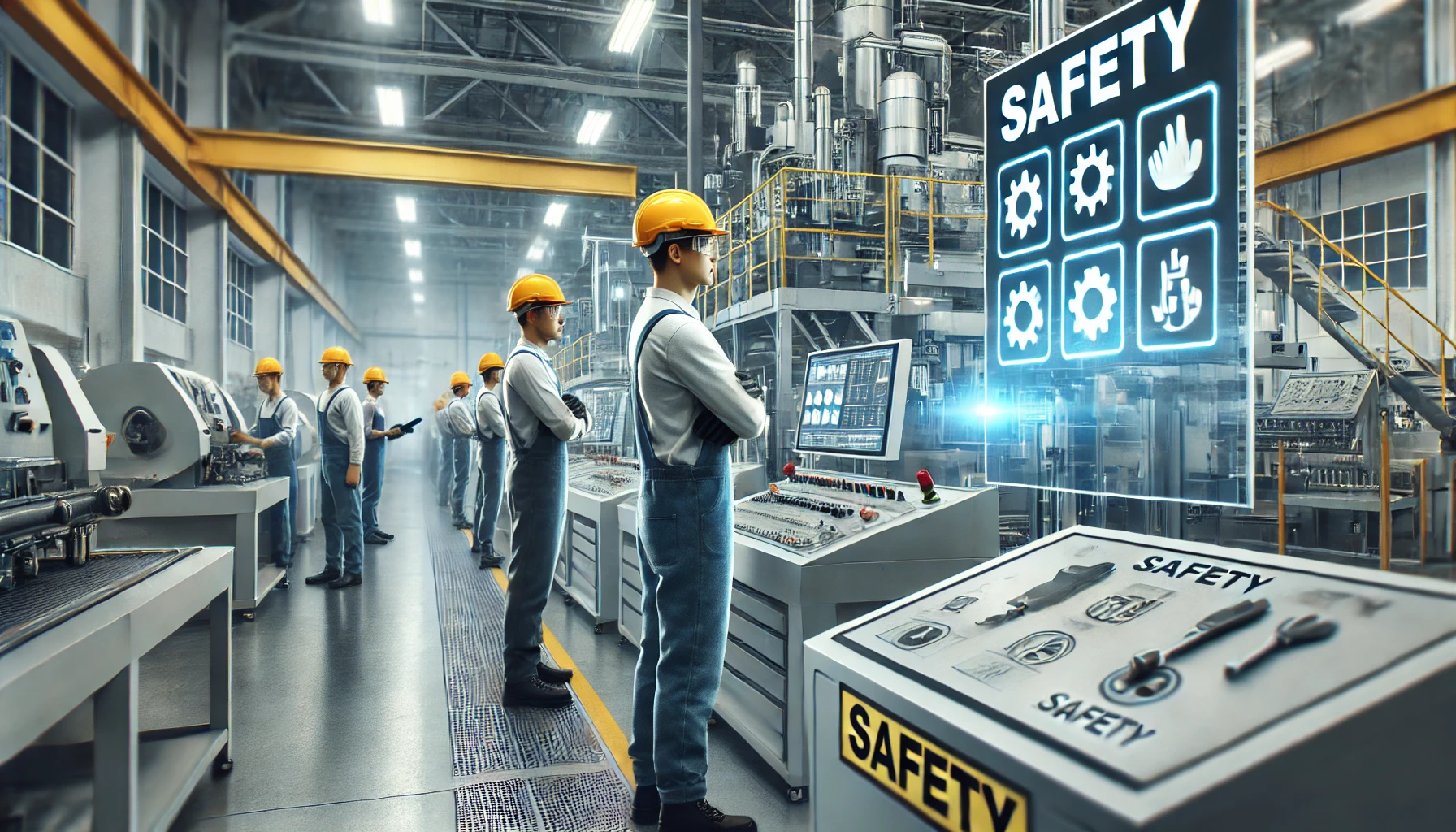
Moreover, the human element cannot be entirely removed from the equation. Workers need to be trained to interact with and trust these technologies. Building this trust involves transparent communication about how AI systems work and the safeguards in place to protect workers.
The Future of Safety in Manufacturing
Looking ahead, the potential for AI and modern technologies to enhance safety in manufacturing is immense. As these technologies continue to evolve, their capabilities will only expand, offering even more sophisticated tools for ensuring a safe and efficient workplace.
The global AI in manufacturing market is projected to grow from $1.1 billion in 2020 to $16.7 billion by 2026, according to MarketsandMarkets. This growth underscores the increasing reliance on AI and related technologies to drive innovation in manufacturing, including in the realm of safety.
In conclusion, the skepticism surrounding AI and modern technologies in ensuring workplace safety is understandable but ultimately unfounded. The evidence is clear: when properly implemented and monitored, these technologies can significantly enhance safety and quality in manufacturing. Embracing this technological renaissance not only safeguards workers but also propels the industry toward greater efficiency and productivity. The future of manufacturing safety is not just bright - it’s intelligent.







